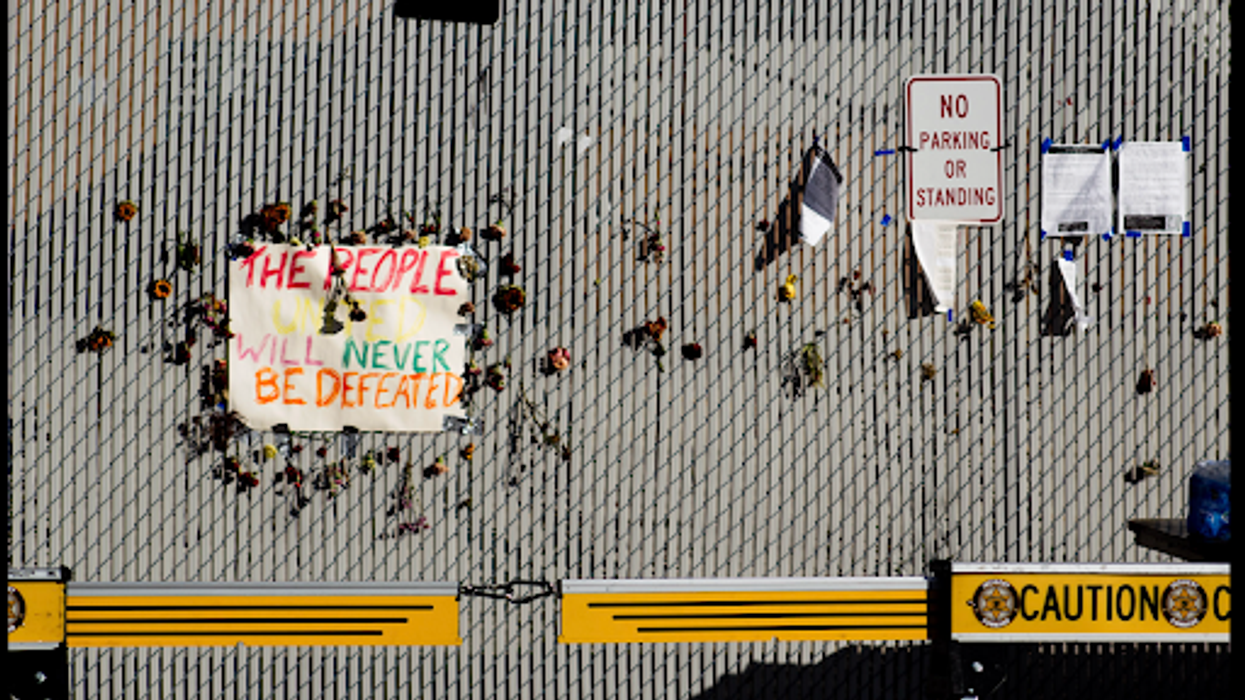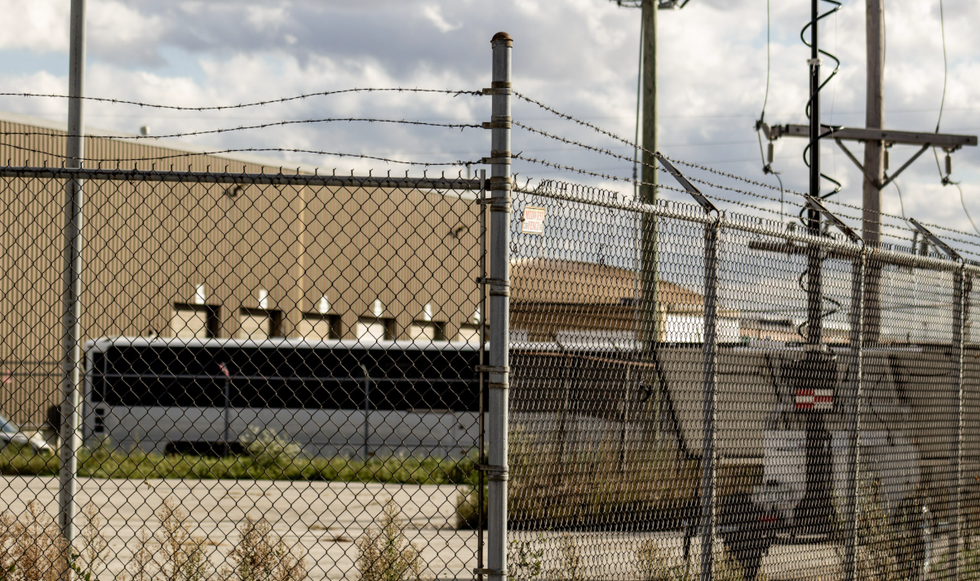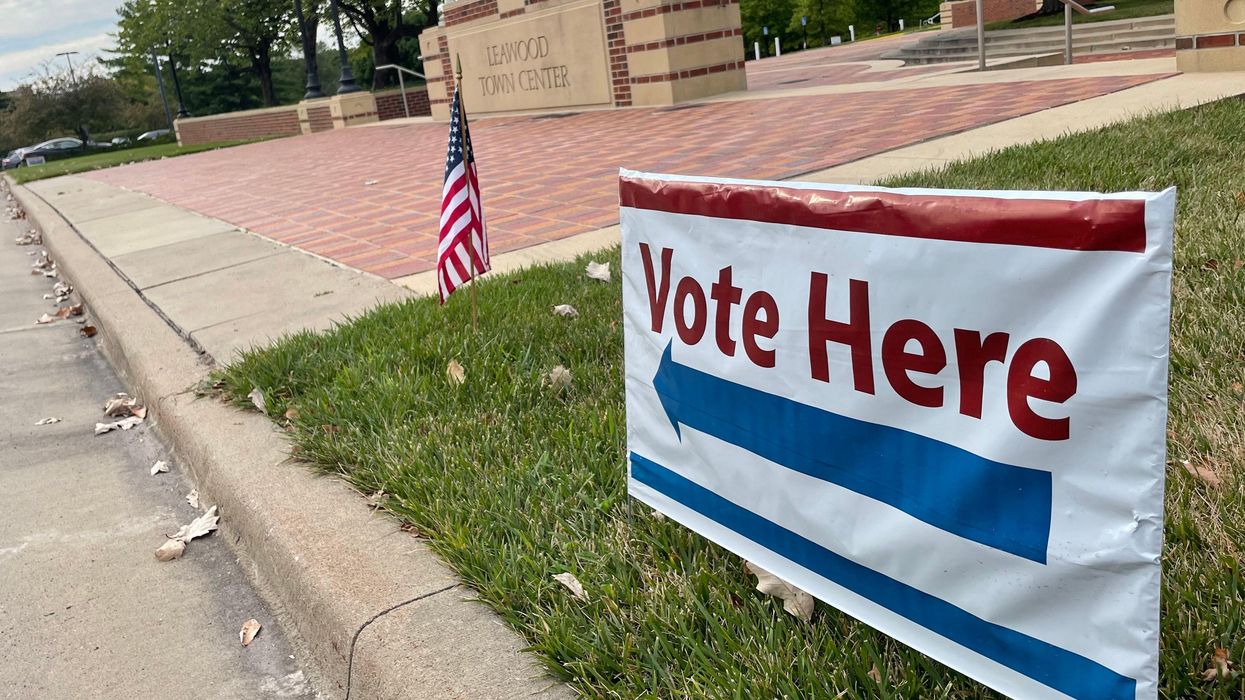On November 5, 2025, the Supreme Court convened what may be one of the most important trade cases of this generation. Justices across the ideological spectrum carefully probed whether a president may deploy sweeping import duties under the 1977 International Emergency Economic Powers Act (IEEPA). The outcome will resonate well beyond tariffs. It strikes at the heart of how America governs its commerce, regulates its markets, and wields power abroad.
President Trump’s argument rests on a dramatic claim: that persisting trade deficits, surging imports, and what he called a national security crisis tied to opioids and global supply chains justify tariffs of 10% to 50% on nearly all goods from most of the world. The statute invoked was intended for unusual and extraordinary threats—often adversarial regimes, economic warfare, or sanctions—not for broad-based economic measures against friend and foe alike. The justices registered deep doubts.
Why does this matter now? Because the tariffs are not hypothetical. U.S. firms and consumers are already paying. According to estimates, American households will spend an extra $132 this year due to added costs borne by retailers and passed on to shoppers. Electronics will cost about $186 more on average; clothing and accessories about $82. The national manufacturing sector—ironically a supposed beneficiary—has contracted for the eighth month in a row, and business confidence has hit two-year lows as uncertainty reigns.
So the court is being asked to decide not whether tariffs are wise, but whether the president has the legal authority to impose them unilaterally under IEEPA. That distinction is critical. The case is not simply about trade policy; it is about the separation of powers, about the role of Congress, and about the limits of executive action in a global economy.
If the court upholds the administration’s view, the consequences could be profound. It would give the presidency a sweeping new lever to reshape U.S. trade policy and global commerce with minimal legislative oversight. Think of export restrictions, import taxes, sweeping tariffs declared against countries for strategic misalignment or unilateral economic punishment. The court’s probe into the “major questions” doctrine—that when major economic or political issues are at stake, Congress must speak clearly—could mark the pivot point. Justices all but asked: Where is the line? Does IEEPA provide a map?
On the other hand, a ruling against the administration would not necessarily mean the end of tariffs. It would mean the executive would have to go back to Congress or rely on trade statutes that explicitly regulate commerce—laws that empower deliberation, not unilateral edicts. It may slow down tariffs but also deepen uncertainty. Firms don’t like slow-motion policy swings. They like stability. As one analyst put it: even if this round ends poorly for the White House, the fear is less of the tariffs themselves than of the instability ensuing.
What we are witnessing is a deeper dynamic. The Trump administration’s use of the emergency-powers model for economic policy echoes a broader challenge: American institutions built for a different era are being asked to handle a new one. Trade policy is no longer a matter of simple reciprocal tariffs or bilateral deals. It is embedded in geopolitics, in supply chains, in strategic competition with China, in reshoring debates, and in consumer-side consequences. Yet the institutional architecture remains broad brush. Congress writes the law; the executive executes. When the executive claims near-plenary authority in commerce, the risk is that regulation becomes opaque, rapid, and subject to strategic whim.
The American Chamber of Commerce warned that these tariffs were “causing irreparable damage to businesses large and small across the United States." Faced with broken supply chains, rising costs, and shrinking consumer demand, domestic firms are not cheering. A policy meant to boost American manufacturing has found itself delivering higher prices for households and weaker confidence in factories. The complex feedback loops of trade policy are no longer hidden. The market is speaking, even if the court is not yet ruling.
In the days ahead, the Supreme Court may take weeks or months to render its decision. In that interim, the tariffs stay. The interim itself becomes a policy tool—and a policy gamble. Investors, firms, governments abroad, all must operate in that limbo. And that limbo matters. The truth is no policy, at least no good one, thrives in uncertainty.
For foreign governments, the message is equally stark. U.S. trade partners will watch this case not only for tariffs but for precedent. If a president can wield emergency powers for broad import duties, they too will wonder how trade diplomacy might be altered. Will alliances shift, will countries hedge more aggressively, will supply chains decamp? Functionally, the choice is not simply about whether the tariffs stand. It is about how much control the United States retains over its system.
And Americans must ask a simple question: who makes the rules of American trade—and how? If the president imposes tariffs unilaterally, then Congress’s role diminishes, democratic accountability fades, and the predictable rules that underpin business drivers—investment, hiring, oiling supply chains—are damaged. Conversely, if Congress reasserts control, then policy may become slower, but it may also be steadier, more transparent, and less risky. That is not an abstract constitutional debate. It affects whether a company builds a factory in Indiana or in Vietnam. Whether a retailer raises prices or absorbs costs. Whether a family buys a laptop this Black Friday or delays.
Whatever the court decides, the real winners will be clarity and accountability. The real losers will be confusion and drift. The United States stands at a crossroads. It can choose a trade policy anchored in precedent, transparency, and institution-based governance. Or it can continue down the path of unilateral executive action with global consequences. The justices did not give their decision away on November 5, but their questions suggest they know what is at stake. In a global economy, the rules matter as much as the goods. And what is being tested is not only tariffs—it is American governance itself.
Imran Khalid is a physician, geostrategic analyst, and freelance writer.


















 Protest signs and resource information posters were hung up around a resource tent in Broadview, Illinois. Credit: Britton Struthers-Lugo, Oct. 30, 2025.
Protest signs and resource information posters were hung up around a resource tent in Broadview, Illinois. Credit: Britton Struthers-Lugo, Oct. 30, 2025. Rubber bullet wounds on Bryan’s back, after a day of protesting at the Broadview ICE facility in mid-September. He wears hospital scrubs, acquired after receiving medical attention following the pepper-spray incident earlier in the day. He returned to protest after being discharged from the hospital.Credit: Adriano Kalin (@adriano_kalin).
Rubber bullet wounds on Bryan’s back, after a day of protesting at the Broadview ICE facility in mid-September. He wears hospital scrubs, acquired after receiving medical attention following the pepper-spray incident earlier in the day. He returned to protest after being discharged from the hospital.Credit: Adriano Kalin (@adriano_kalin). ICE officers gathered outside the Broadview detention center. Yellow identifying badges can be seen on the front of their uniforms and on their shoulders. Credit: Britton Struthers-Lugo, Oct. 30, 2025.
ICE officers gathered outside the Broadview detention center. Yellow identifying badges can be seen on the front of their uniforms and on their shoulders. Credit: Britton Struthers-Lugo, Oct. 30, 2025. Screengrab from the Chicago Council of Lawyers. Designed by
Screengrab from the Chicago Council of Lawyers. Designed by  A white bus waits outside the Broadview Detention Center to transport detainees to a permanent detention center or to an airport. The Broadview Detention Center cannot hold detainees for longer than 12 hours, though to reflect increased enforcement operations this has been increased to 72 hours. Longer stays have been recorded since Operation Midway Blitz. Credit: By Britton Struthers-Lugo, Oct. 30, 2025.
A white bus waits outside the Broadview Detention Center to transport detainees to a permanent detention center or to an airport. The Broadview Detention Center cannot hold detainees for longer than 12 hours, though to reflect increased enforcement operations this has been increased to 72 hours. Longer stays have been recorded since Operation Midway Blitz. Credit: By Britton Struthers-Lugo, Oct. 30, 2025. A paper outlining resources and ways to report federal law enforcement activity around Chicago hangs on a gate in the protestor “free speech zone”.Credit: Britton Struthers-Lugo. Oct. 30, 2025.
A paper outlining resources and ways to report federal law enforcement activity around Chicago hangs on a gate in the protestor “free speech zone”.Credit: Britton Struthers-Lugo. Oct. 30, 2025.
